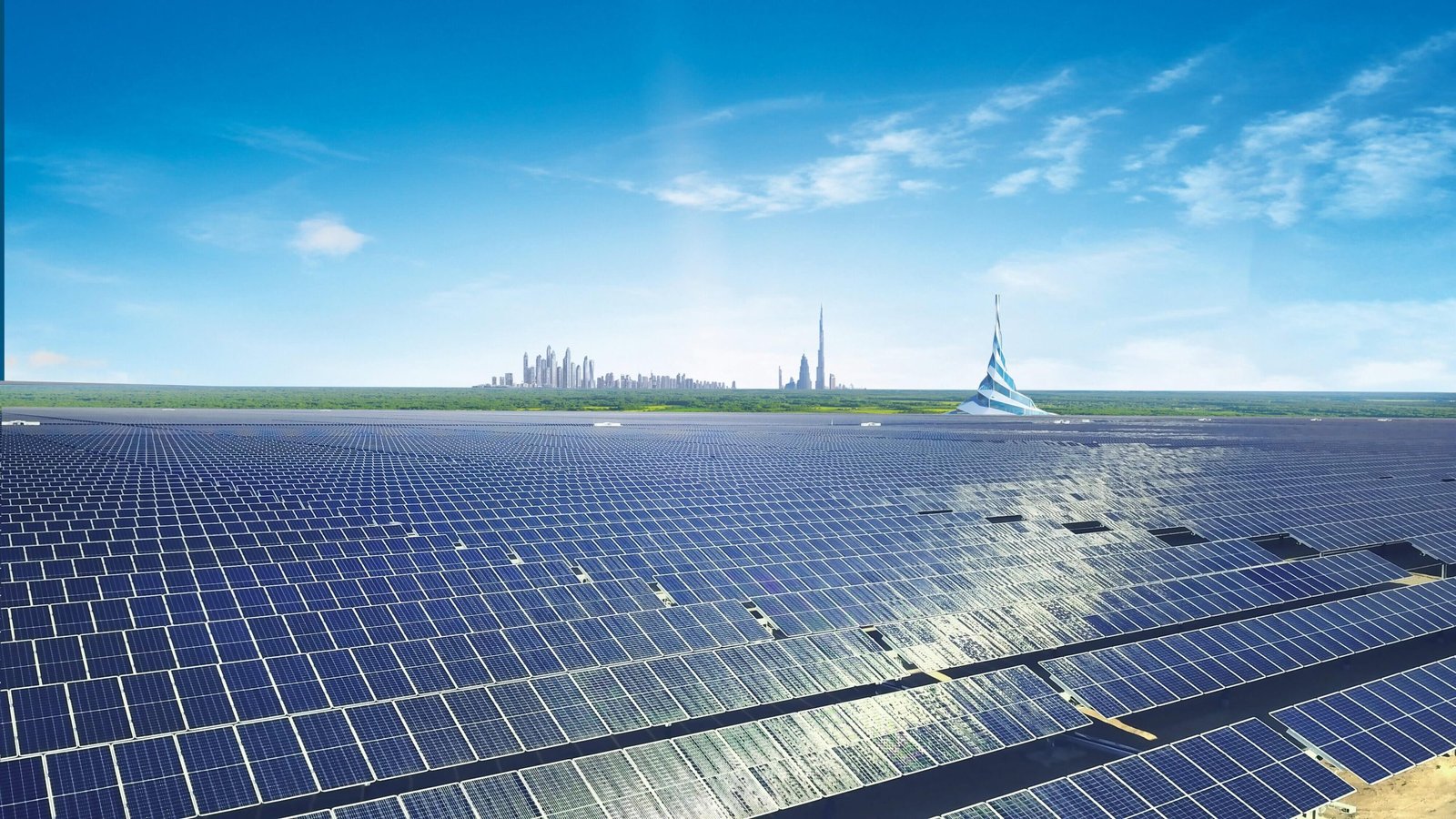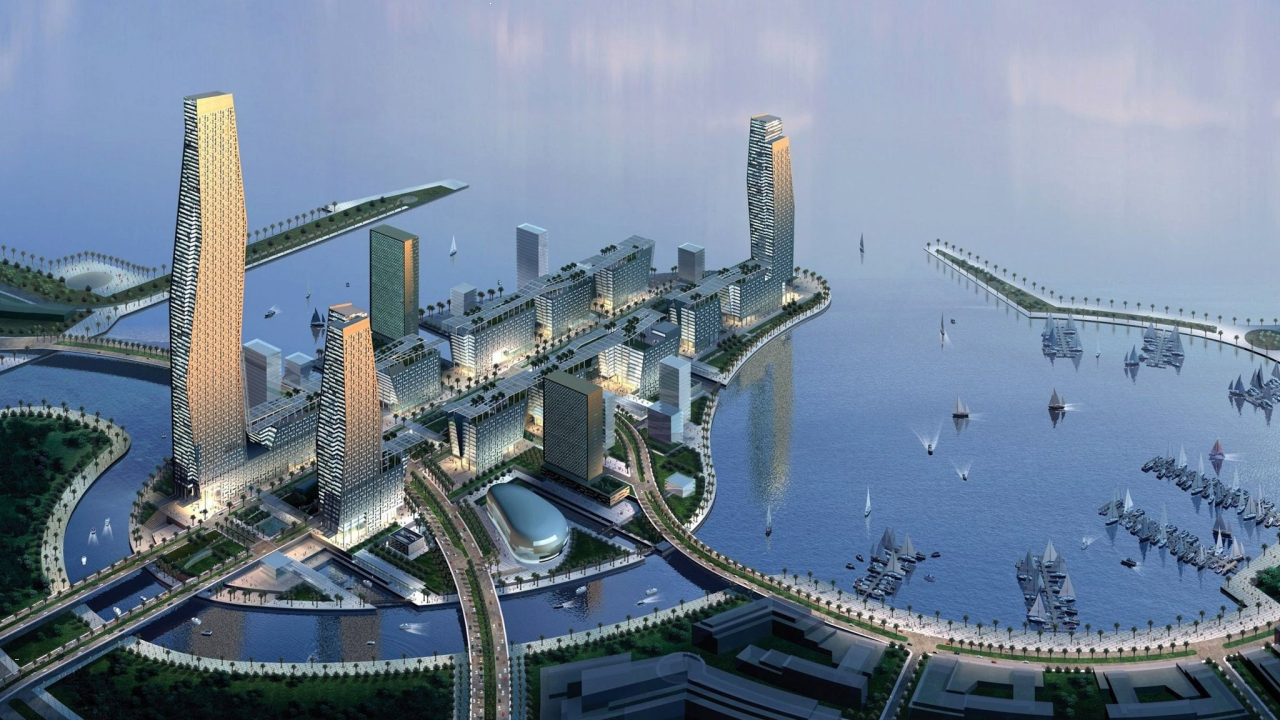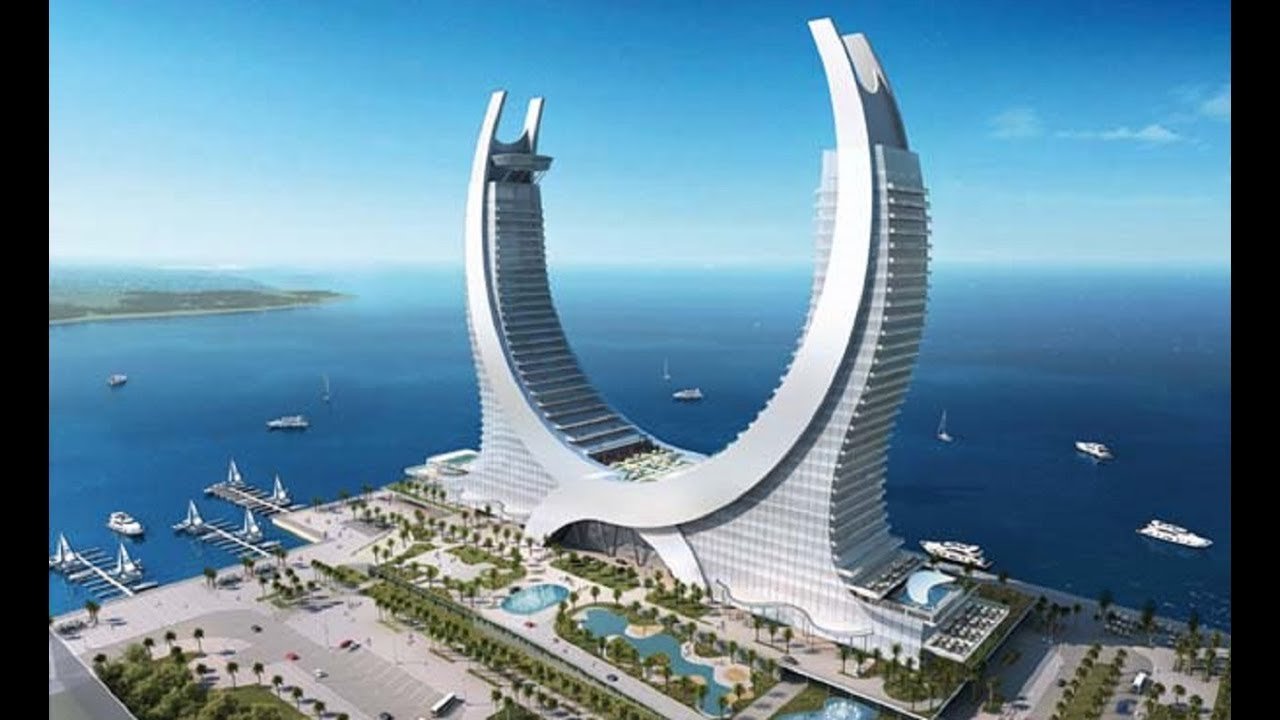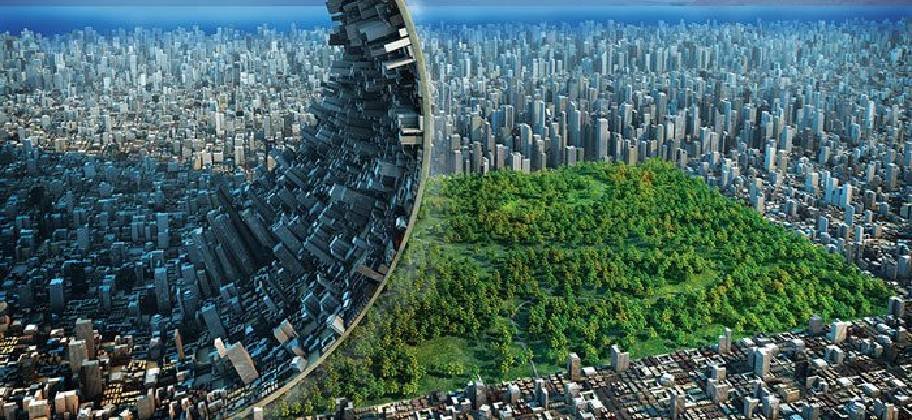As the global demand for sustainable solutions intensifies, the Middle East is emerging as a surprising yet significant player in the green energy sector. Known traditionally for its vast oil reserves, countries like the UAE, Saudi Arabia, and Qatar are now making aggressive moves toward renewable energy and sustainability. These nations are leveraging their natural resources and strategic investments to pioneer green energy projects that could reshape the region’s economic landscape.
The UAE: Leading the Charge with Solar Power
The UAE has positioned itself as a regional leader in renewable energy, particularly with its large-scale solar power initiatives. The country is home to some of the largest solar power plants in the world, demonstrating its commitment to reducing its carbon footprint.
1. Mohammed bin Rashid Al Maktoum Solar Park (Dubai): The Mohammed bin Rashid Al Maktoum Solar Park, located in Dubai, is one of the world’s largest solar parks. The project aims to generate 5,000 MW of solar power by 2030 and reduce carbon emissions by more than 6.5 million tonnes annually. The solar park is a critical part of the UAE’s Clean Energy Strategy 2050, which aims to produce 50% of its energy from clean sources by mid-century.
The park’s development is being managed by Dubai Electricity and Water Authority (DEWA) and has attracted global investments, particularly for its innovation in using concentrated solar power (CSP) technology to generate energy around the clock.
2. Masdar City (Abu Dhabi): Another standout in the UAE’s green energy portfolio is Masdar City, a pioneering urban development that runs entirely on renewable energy. This sustainable city, developed by Masdar, a subsidiary of Mubadala Investment Company, is a zero-carbon urban project. Masdar City integrates sustainable technologies such as solar energy, energy-efficient buildings, and waste-to-energy systems.
The city has become a global hub for clean technology companies and research institutions. It stands as a symbol of the UAE’s commitment to sustainability, attracting foreign investment and encouraging innovations in the green energy sector.

Saudi Arabia: Vision 2030 and Renewable Energy Expansion
Saudi Arabia, the world’s largest oil producer, has embarked on an ambitious plan to diversify its economy under Vision 2030. Renewable energy is a critical component of this strategy, as the country seeks to reduce its dependence on oil while positioning itself as a leader in sustainable development.
1. NEOM: The City of the Future: One of the most groundbreaking green energy projects is NEOM, a futuristic city being built in northwestern Saudi Arabia. NEOM will be powered entirely by renewable energy, including solar, wind, and hydrogen. The city is part of the $500 billion project that is not only focused on clean energy but also on creating a high-tech hub that incorporates cutting-edge technologies, artificial intelligence, and sustainable living practices.
NEOM’s energy plan includes producing green hydrogen, considered a key solution to the world’s energy challenges. ACWA Power, a leading Saudi company, is spearheading the development of a $5 billion hydrogen plant in partnership with NEOM. The project aims to produce 650 tons of green hydrogen daily by 2025, positioning Saudi Arabia as a global leader in hydrogen production.
2. Sakaka Solar Power Plant: Saudi Arabia is also building large-scale solar power plants, like the Sakaka Solar Power Plant, which is the country’s first utility-scale solar project. With a capacity of 300 MW, the plant contributes to Saudi Arabia’s goal of generating 58.7 GW of renewable energy by 2030.
The Saudi government has issued tenders for several other renewable energy projects, including solar and wind farms, under the Saudi Renewable Energy Project Development Office (REPDO). These initiatives are part of the kingdom’s broader aim to generate 50% of its electricity from renewable sources by 2030.

Qatar: Balancing LNG and Renewable Energy
While Qatar is known for its extensive natural gas reserves, the country is also ramping up its renewable energy efforts. As the host of the 2022 FIFA World Cup, Qatar made sustainability a central theme of the event, showcasing its commitment to green energy projects.
1. Al Kharsaah Solar Power Plant: Qatar’s Al Kharsaah Solar Power Plant is the country’s first large-scale solar project and is expected to generate 800 MW of clean energy by 2024. The plant is part of Qatar’s national strategy to diversify its energy mix and reduce its reliance on fossil fuels.
2. Smart City Lusail: In addition to solar energy, Qatar is investing in sustainable urban development. Lusail City, located just north of Doha, is being built as a smart city that incorporates sustainable energy solutions, including solar-powered infrastructure and energy-efficient buildings. This project aligns with Qatar’s vision to become a global leader in sustainability and green innovation.

Challenges and Opportunities
While the Middle East’s push toward renewable energy is commendable, several challenges remain. The region’s extreme temperatures and high solar radiation can impact the efficiency of solar power plants. Additionally, there is still a reliance on fossil fuels, which continue to dominate the energy landscape. However, the investments in research and development in renewable energy technologies are addressing these issues.
The potential for growth in green energy projects in the Middle East is enormous. With the region’s vast deserts and long sunlight hours, solar energy holds tremendous promise. Furthermore, the global shift toward sustainability and the increasing demand for green hydrogen give the Middle East an opportunity to become a leader in clean energy exports.
Conclusion
The Middle East is proving that it can be a trailblazer in the global green energy movement. From the UAE’s massive solar farms to Saudi Arabia’s futuristic NEOM city and Qatar’s commitment to smart cities, the region is embracing renewable energy as a cornerstone of its future. These projects are not only reducing the region’s carbon footprint but also setting a new standard for innovation and sustainability.
As the world moves towards a greener future, the Middle East’s green energy projects will play a critical role in shaping the global energy landscape. With continued investments and strategic partnerships, the region has the potential to become a powerhouse in the renewable energy sector.
Image Courtesy Notice
At The Storiez, we value the efforts of photographers, artists, and content creators. The images featured in our articles are sourced from various news portals and online websites. We strive to ensure proper credit is given wherever possible. If you are the rightful owner of any image used here and would like to request its removal or correct attribution, please feel free to contact us. We respect intellectual property rights and aim to address concerns promptly.

